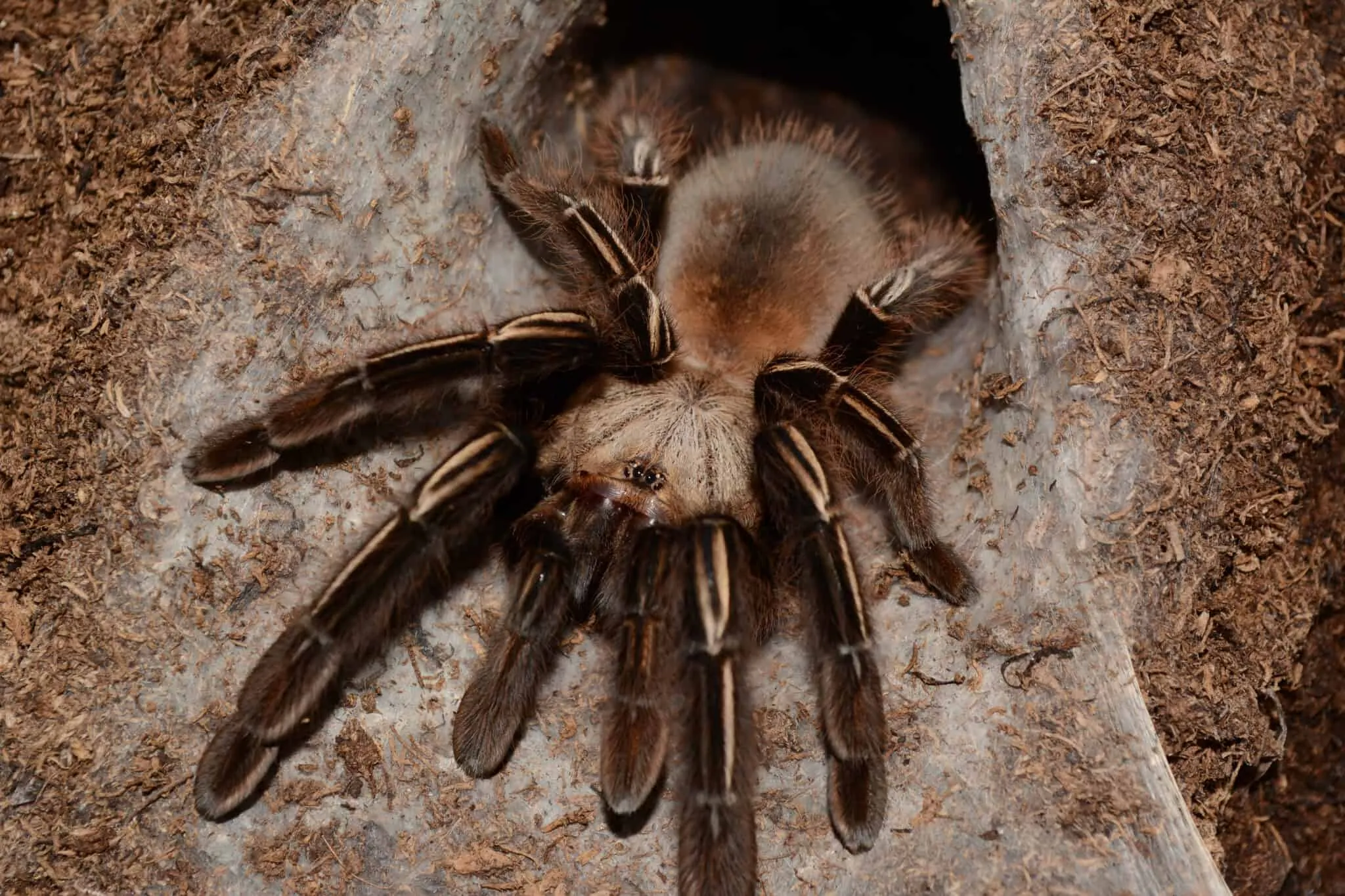What Tarantula Am I Quick Guide
Discovering what type of tarantula you have can be an exciting journey into the world of arachnids. With over 900 species of tarantulas worldwide, correctly identifying your eight-legged friend requires close observation of physical characteristics, habitat, temperament, diet, and lifespan. This guide provides key facts to help you on your quest to determine the specific tarantula you are observing, whether it’s a pet, a wild encounter, or simply an object of fascination. Understanding these aspects is essential for appreciating their unique traits and providing proper care, if applicable. Let’s dive into five essential facts to help you on the path of tarantula identification.
Appearance
The appearance of a tarantula offers the first clues to its identity. Size and coloration vary greatly between species, making these visual aspects crucial for narrowing down the possibilities. Observing these features will help distinguish between different types of tarantulas. Pay attention to the overall structure of the tarantula including the presence of hairs, the shape of the legs and body, and any distinctive markings.
Size

Tarantulas vary significantly in size, from smaller species with a leg span of just a few inches to giants that can span over 10 inches. For example, the Goliath Birdeater, one of the largest, can reach massive sizes, while others, like some of the dwarf tarantula species, remain quite small throughout their lives. Measuring the leg span (the distance from the tip of one leg to the tip of the opposite leg on the same side of the body) provides a quick size assessment. The size can sometimes give you a clear indication of which type of tarantula you’re observing.
Coloration
Coloration is another critical visual cue. Tarantulas exhibit a wide range of colors and patterns, from the vibrant blues and oranges of certain species to the more muted browns and blacks. Some tarantulas display intricate patterns on their carapace (the top part of the cephalothorax) and abdomen, which can be highly distinctive. Pay close attention to the base color, the presence of any stripes, spots, or other markings, and the overall distribution of colors on the body. For example, the Chilean Rose tarantula is known for its pinkish hairs, while the Cobalt Blue tarantula showcases striking metallic blue legs.
Habitat
Understanding the natural habitat of a tarantula is essential for identification. Different species have adapted to specific environments, and knowing where a tarantula originates from can significantly narrow down the possibilities. Their habitat can influence their behavior, appearance, and overall characteristics. Are you in North America, South America, or elsewhere? This will immediately narrow down your search.
Where Do They Live?
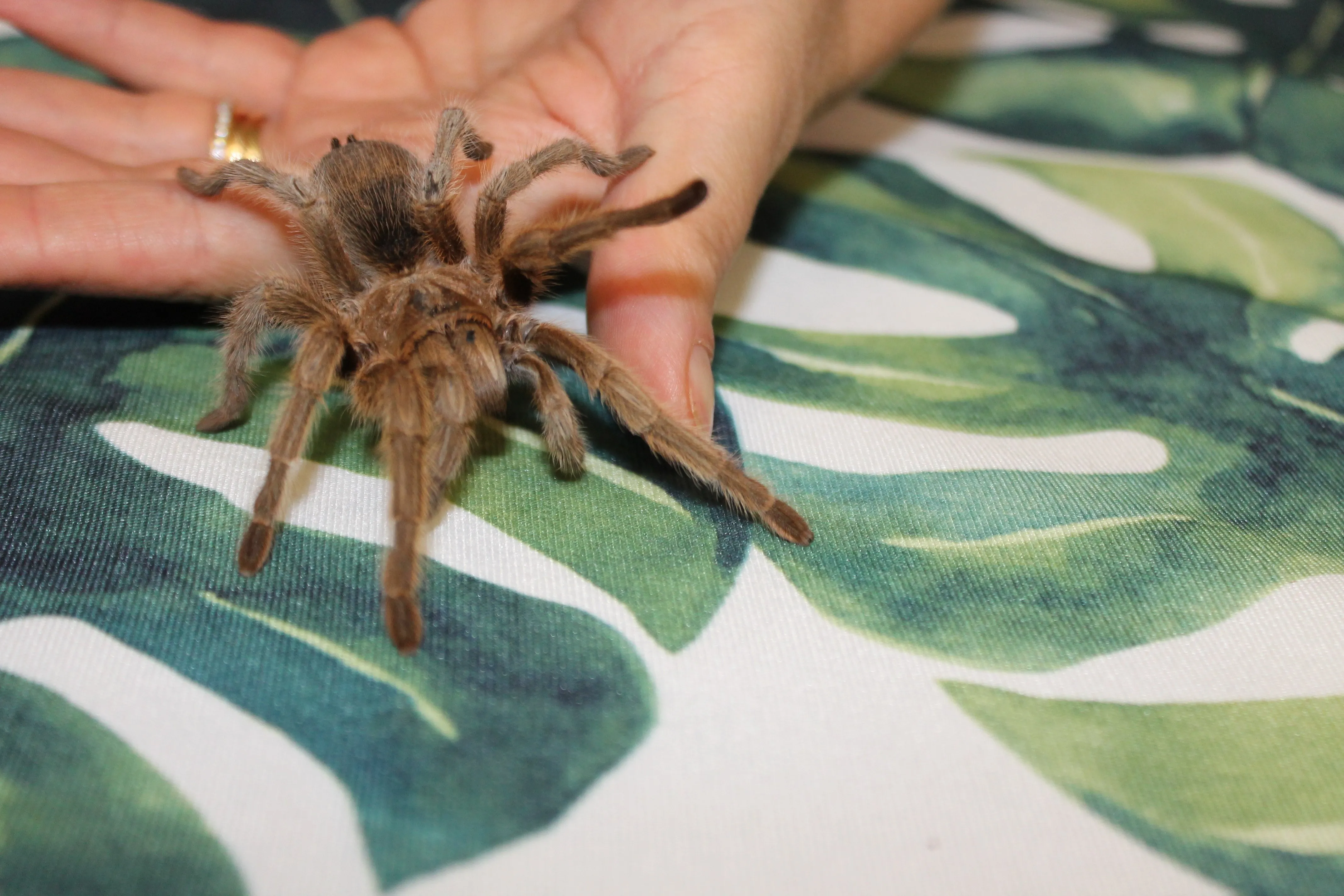
Tarantulas are found on every continent except Antarctica. Different species have adapted to a variety of habitats, including tropical rainforests, deserts, grasslands, and even mountainous regions. Some species are terrestrial, meaning they live on the ground, while others are arboreal, spending their time in trees. Knowing the geographic location where you encountered the tarantula or where it was sourced is crucial. For example, the Mexican Red Knee tarantula is native to the Pacific coast of Mexico, whereas the African baboon tarantula can be found in parts of Africa.
Preferred Environment
Within their broader habitat, tarantulas have specific environmental preferences. These include the type of substrate they prefer (e.g., burrowing in soil, living under rocks, or inhabiting tree bark), the humidity levels, and the temperature range. Some species thrive in humid, tropical environments, while others prefer drier conditions. Assessing the conditions where the tarantula is found or kept can provide clues about its identity and needs. For example, a burrowing tarantula likely requires deep substrate to dig, while an arboreal species might benefit from vertical climbing space and higher humidity levels.
Temperament
A tarantula’s temperament is another key factor in identification. Some species are known for being docile and less likely to bite, while others can be more defensive and prone to biting or flicking urticating hairs. Observing the tarantula’s behavior, especially when disturbed or threatened, can provide valuable insights. However, it is important to note that temperament can vary even within the same species. Always exercise caution when observing or interacting with any tarantula.
Defensive Behaviors
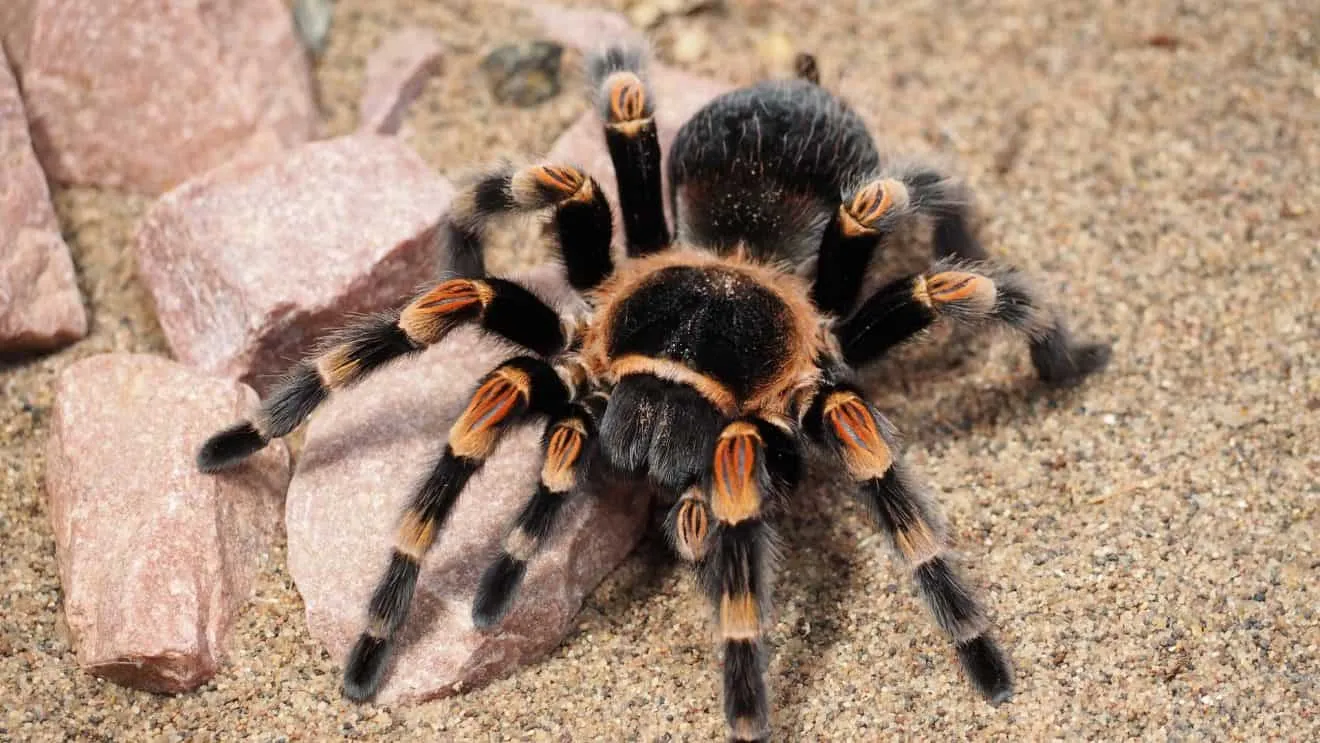
Tarantulas have various defensive behaviors. Some may raise their front legs in a threat posture, while others might retreat into a burrow or attempt to flee. Some species have urticating hairs that they flick off their abdomens as a defense mechanism, causing irritation if they come into contact with skin or eyes. Observe how the tarantula reacts to potential threats or disturbances. The defensive behavior can provide important clues to its species. For instance, a tarantula that readily flicks hairs is likely a New World species.
Handling Considerations
If you are keeping a tarantula as a pet, it’s important to know that tarantulas are not generally recommended for frequent handling. Their fragile exoskeletons and the potential for bites or defensive behaviors make handling risky. However, if handling is necessary, always approach the tarantula calmly and gently, and avoid sudden movements. Knowing the temperament of the species helps in understanding how the tarantula will react to handling. Some species are known to be calmer and more tolerant of handling than others, but all should be handled with care.
Diet
A tarantula’s diet can also help with identification. Different species may have preferences for certain types of prey, and their feeding habits can vary. Understanding their dietary needs is critical for their health and well-being, especially if you are observing or caring for a tarantula. Note what the tarantula eats and how it hunts to gather more information.
What Do They Eat?
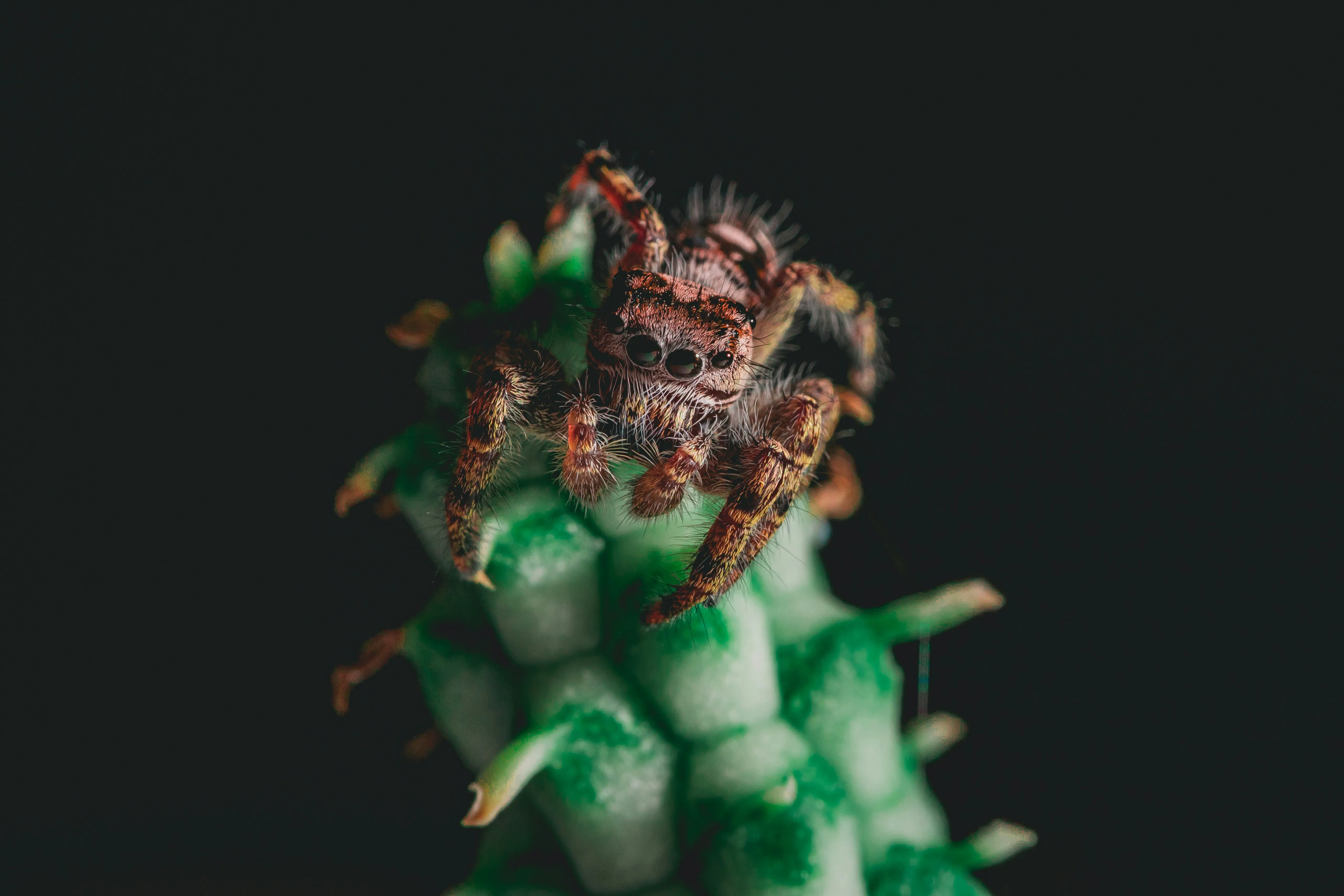
Tarantulas are primarily carnivorous, feeding on insects, other invertebrates, and sometimes small vertebrates. The specific prey items can vary based on the tarantula’s size, habitat, and species. Common food sources include crickets, mealworms, cockroaches, and occasionally small mice or lizards. The type of prey a tarantula prefers or is adapted to can be an indicator of its species. For example, larger tarantulas often consume larger prey items, while smaller species might specialize in insects.
Feeding Frequency
The frequency of feeding can also vary. Younger, growing tarantulas typically need more frequent meals than adults. The feeding schedule depends on the species and the tarantula’s life stage. Overfeeding can lead to health issues, so it’s important to monitor the tarantula’s abdomen size. A well-fed tarantula will have a round abdomen, while a hungry one will have a smaller, more constricted abdomen. Regularly observing their eating habits can give you more insight into their species.
Lifespan
The lifespan of a tarantula is an important identifier. Tarantulas have variable lifespans, which can vary greatly between species and also between males and females. Generally, females tend to live much longer than males. The lifespan can sometimes provide a quick way to identify a tarantula, especially in conjunction with other factors.
Average Lifespan
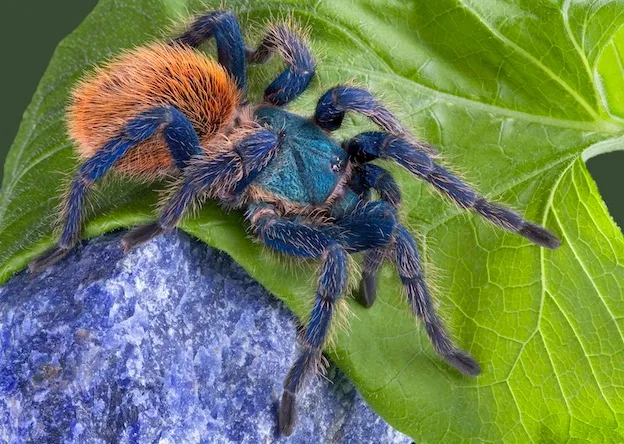
On average, female tarantulas can live for 10 to 30 years or more, depending on the species. Some species, such as the Goliath Birdeater, can live for over 25 years. Male tarantulas, however, typically have much shorter lifespans, often only living for a few years after reaching maturity. Knowing the approximate lifespan of a species can help identify your tarantula. The male tarantulas typically die after mating, while females can live much longer.
Factors Affecting Lifespan
Several factors can affect a tarantula’s lifespan. These include the tarantula species, sex (females live longer), environmental conditions (temperature, humidity, and enclosure), diet, and overall care. Providing optimal conditions, a balanced diet, and avoiding stress can contribute to a longer life for your tarantula. Identifying the specific species and knowing the factors affecting lifespan is essential for providing the appropriate care.
